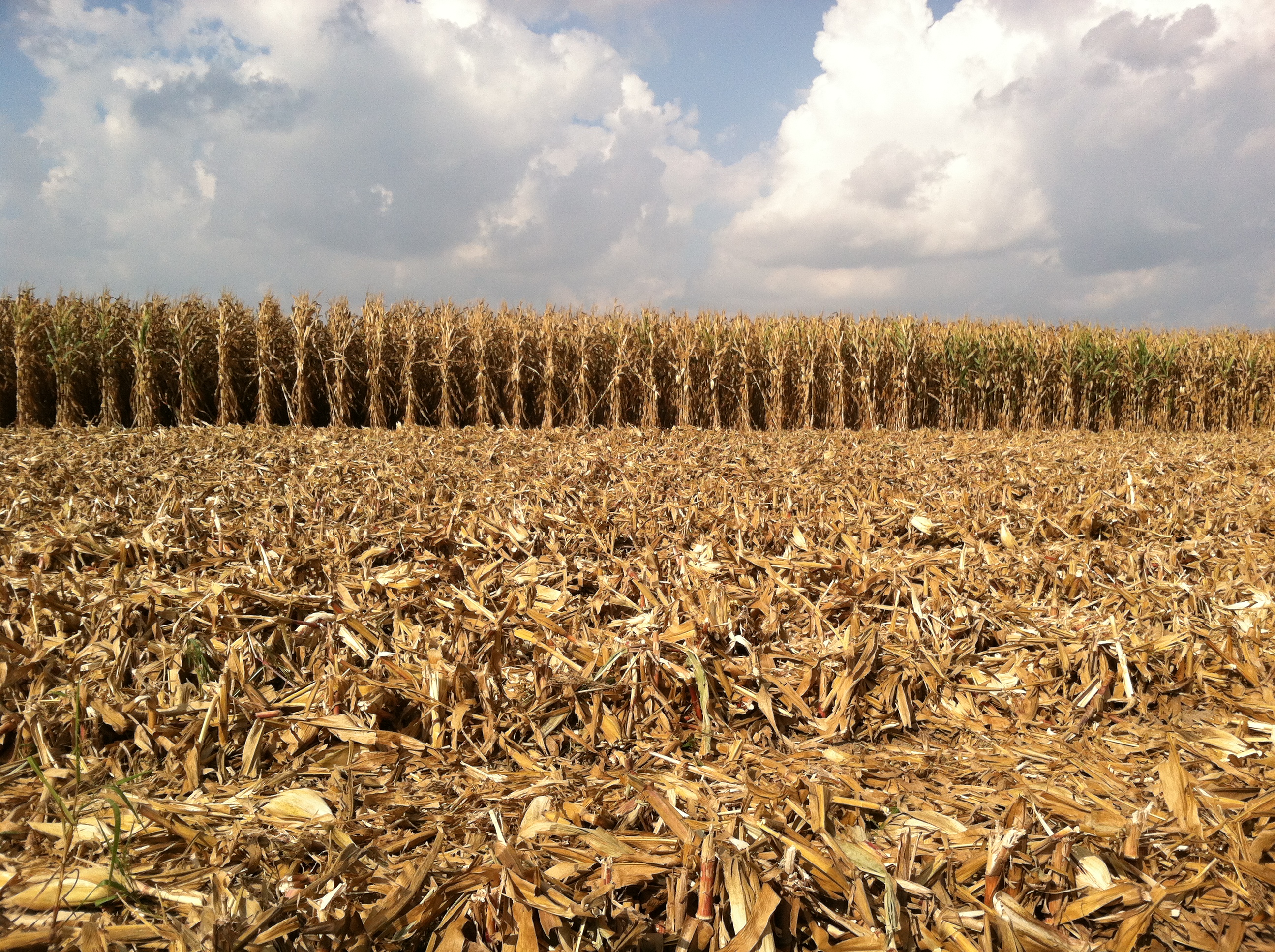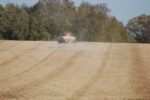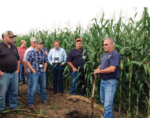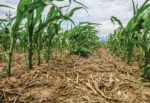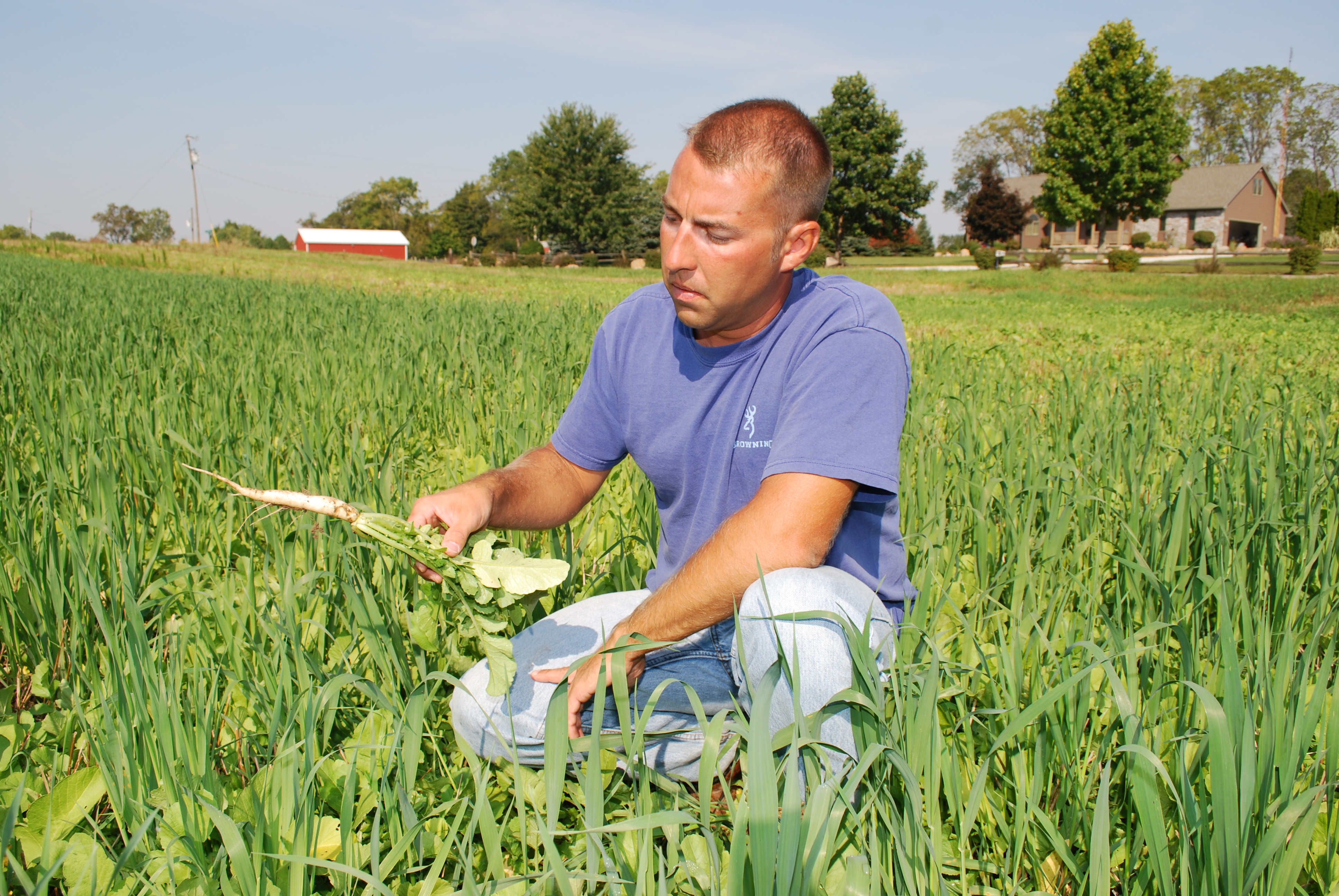Advertise Follow Us
No-Till Farming 101
Saving The Soil ‘Skin,’ Thriving With No-Till
What began as an economic decision has morphed into a successful and profitable livestock and cropping operation for longtime South Dakota no-tiller Rick Bieber.
Read More
South Dakota: One State, Two Trends
An NRCS survey finds no-till acreage increased in the state by 29% overall between 2004 and 2013, but decreased where crop rotations shifted from small grains to corn and soybean plantings.
Read More
No-Till Movement In U.S. Continues To Grow
The most recent Census of Agriculture found no-tilled acres in the U.S. reached a new high of 96 million acres in 2012, but experts say obstacles remain to more consistent adoption of the practice.
Read More

